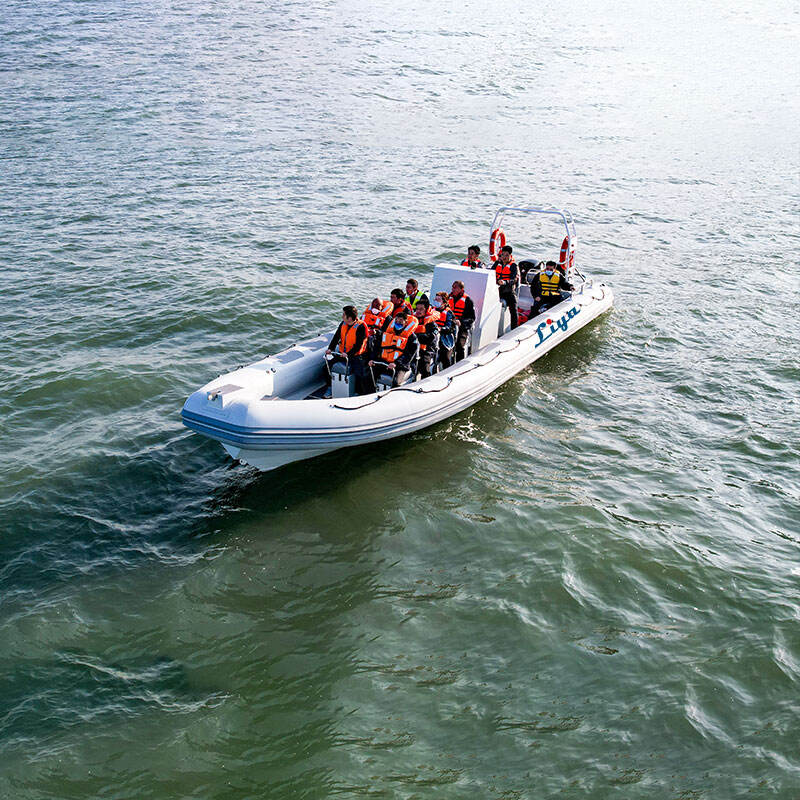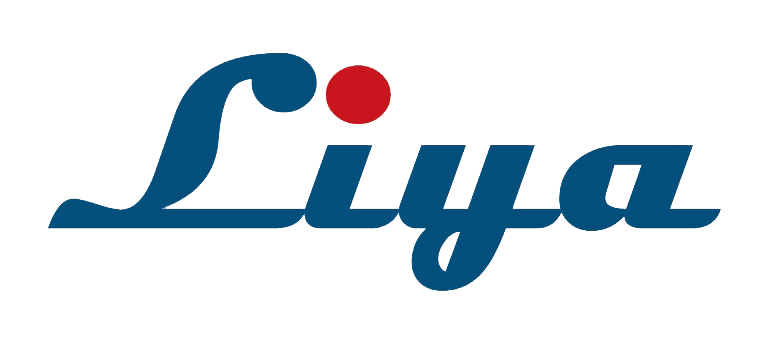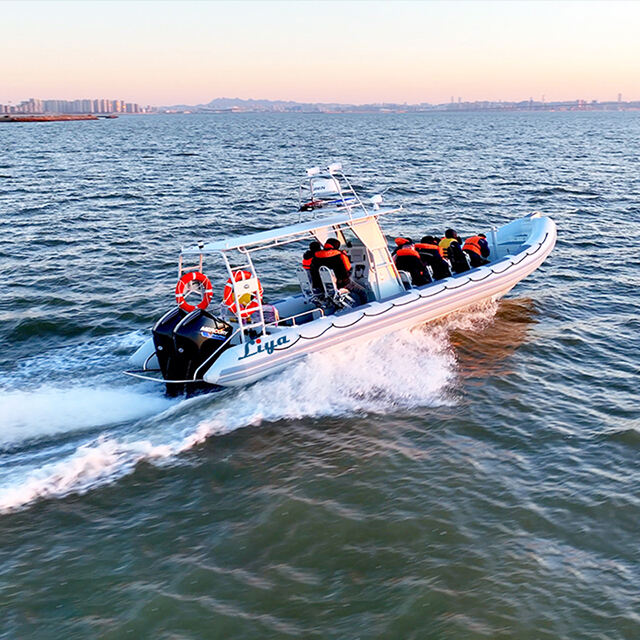The Evolution of Maritime Excellence with RHIB Technology
In the vast world of maritime vessels, RHIB boats stand as a testament to innovative engineering and practical design. These Rigid Hull Inflatable Boats have revolutionized how we approach maritime operations, combining the stability of a solid hull with the buoyancy and safety features of inflatable tubes. From military operations to recreational boating, RHIB boats have proven themselves as versatile performers on the water.
The unique design of RHIB boats emerged from the need to create vessels that could handle challenging conditions while maintaining exceptional safety standards. Their development has led to a perfect marriage of performance and protection, making them increasingly popular across various maritime sectors. Today, these vessels represent the gold standard for numerous water-based activities.
Construction and Design Features
Hull Architecture and Materials
The foundation of RHIB boats lies in their robust hull construction. Typically crafted from marine-grade aluminum or fiberglass, the rigid hull provides excellent hydrodynamic properties and impact resistance. The deep-V design allows these vessels to cut through waves efficiently, while the carefully calculated hull angles ensure optimal performance in various sea conditions.
Advanced composite materials and state-of-the-art manufacturing techniques have further enhanced the durability and performance of modern RHIB boats. The integration of lightweight yet strong materials helps reduce overall weight while maintaining structural integrity, resulting in improved fuel efficiency and handling characteristics.
Inflatable Collar Technology
The distinctive inflatable tubes that line the gunwales of RHIB boats serve multiple crucial functions. These high-quality synthetic rubber or polyurethane tubes provide additional buoyancy, shock absorption, and stability. Multiple air chambers ensure redundancy in case of puncture, while modern materials offer exceptional resistance to UV radiation, fuel, and environmental factors.
The collar design also creates a soft barrier during docking or alongside operations, protecting both the vessel and any adjacent boats or structures. This feature makes RHIB boats particularly valuable in rescue operations and professional maritime activities where quick and safe approaches are essential.

Performance Capabilities
Speed and Maneuverability
RHIB boats are renowned for their exceptional speed capabilities, often reaching impressive velocities while maintaining stability. The combination of a lightweight structure and powerful propulsion systems allows these vessels to respond quickly in emergency situations or when rapid deployment is necessary. Their agile nature makes them ideal for both professional and recreational applications.
The superior maneuverability of RHIB boats comes from their optimized weight distribution and responsive handling characteristics. Whether navigating through tight spaces or executing high-speed turns, these vessels provide operators with precise control and confidence in various conditions.
Seakeeping and Stability
One of the most notable advantages of RHIB boats is their remarkable stability in rough waters. The inflatable collar provides additional buoyancy at the periphery, effectively preventing excessive rolling and pitching. This enhanced stability translates to improved safety and comfort for passengers, even in challenging sea conditions.
The deep-V hull design works in concert with the inflatable tubes to create a smooth and controlled ride. The hull efficiently cuts through waves while the tubes absorb impact, resulting in reduced shock loading on passengers and equipment. This combination of features makes RHIB boats particularly well-suited for extended operations in various sea states.
Safety Features and Applications
Built-in Safety Systems
RHIB boats incorporate numerous safety features as standard equipment. Self-draining decks prevent water accumulation, while non-slip surfaces enhance crew safety during operations. Multiple grab rails and secure seating arrangements ensure passengers can maintain stable positions even in rough conditions.
Advanced navigation and communication systems are typically integrated into modern RHIB boats, providing operators with essential information and maintaining contact with shore facilities. Emergency equipment, including life-saving apparatus and first-aid supplies, can be easily accessed and deployed when needed.
Professional and Recreational Uses
The versatility of RHIB boats makes them invaluable across various maritime sectors. Military and law enforcement agencies utilize these vessels for patrol, interception, and tactical operations. Search and rescue organizations rely on RHIB boats for their speed and stability during critical missions.
In the recreational sphere, RHIB boats offer an excellent platform for diving, fishing, and leisure cruising. Their combination of performance and safety features appeals to private owners seeking a reliable and capable vessel for family activities or adventure sports.
Maintenance and Care
Regular Upkeep Requirements
Maintaining RHIB boats requires attention to both the rigid hull and inflatable components. Regular inspection of the tubes for wear or damage, proper cleaning with appropriate products, and maintaining correct inflation pressures are essential tasks. The hull should be checked for structural integrity and any signs of wear or impact damage.
Mechanical systems, including engines, steering components, and electrical systems, need regular servicing to ensure reliable operation. Proper storage and protection from environmental factors can significantly extend the service life of these vessels.
Long-term Preservation
Implementing a comprehensive maintenance schedule helps preserve the value and functionality of RHIB boats. This includes seasonal preparation, proper winterization in cold climates, and appropriate storage solutions. Professional servicing of specialized components ensures optimal performance and longevity.
Investment in quality covers and protection systems helps shield the vessel from UV damage and environmental exposure when not in use. Regular cleaning and application of appropriate protective products maintain both appearance and material integrity.
Frequently Asked Questions
What makes RHIB boats different from conventional vessels?
RHIB boats combine a rigid hull with inflatable tubes around the gunwales, offering superior stability, shock absorption, and safety features compared to traditional boat designs. This unique construction provides exceptional performance in various conditions while maintaining high safety standards.
How long do RHIB boats typically last?
With proper maintenance and care, RHIB boats can last 15-20 years or more. The rigid hull component can last several decades, while the inflatable tubes typically need replacement every 7-10 years depending on usage and exposure to environmental conditions.
Are RHIB boats suitable for offshore operations?
Yes, RHIB boats are well-suited for offshore operations due to their excellent seakeeping abilities, robust construction, and safety features. Many models are specifically designed for offshore use, with appropriate range, fuel capacity, and weather resistance capabilities.

